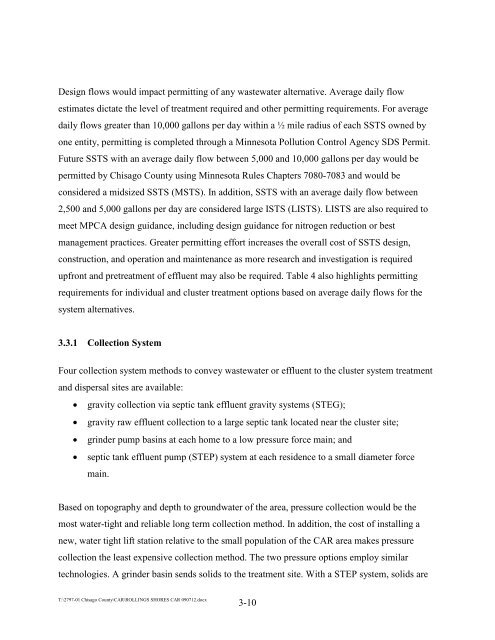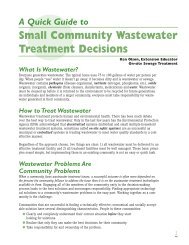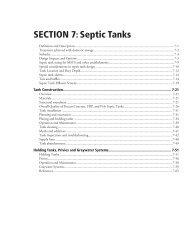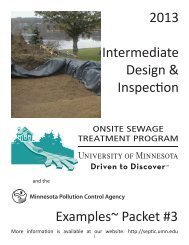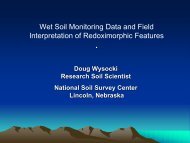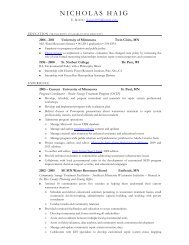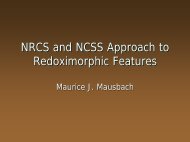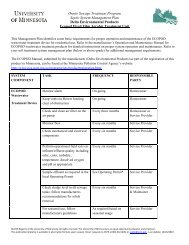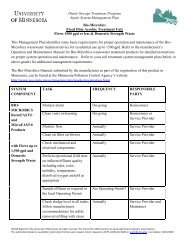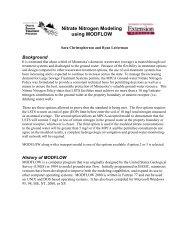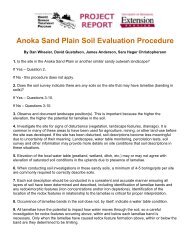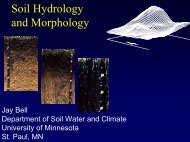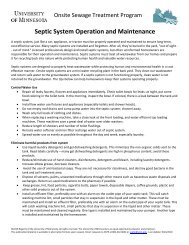Community Assessment Report - Onsite Sewage Treatment ...
Community Assessment Report - Onsite Sewage Treatment ...
Community Assessment Report - Onsite Sewage Treatment ...
Create successful ePaper yourself
Turn your PDF publications into a flip-book with our unique Google optimized e-Paper software.
Design flows would impact permitting of any wastewater alternative. Average daily flowestimates dictate the level of treatment required and other permitting requirements. For averagedaily flows greater than 10,000 gallons per day within a ½ mile radius of each SSTS owned byone entity, permitting is completed through a Minnesota Pollution Control Agency SDS Permit.Future SSTS with an average daily flow between 5,000 and 10,000 gallons per day would bepermitted by Chisago County using Minnesota Rules Chapters 7080-7083 and would beconsidered a midsized SSTS (MSTS). In addition, SSTS with an average daily flow between2,500 and 5,000 gallons per day are considered large ISTS (LISTS). LISTS are also required tomeet MPCA design guidance, including design guidance for nitrogen reduction or bestmanagement practices. Greater permitting effort increases the overall cost of SSTS design,construction, and operation and maintenance as more research and investigation is requiredupfront and pretreatment of effluent may also be required. Table 4 also highlights permittingrequirements for individual and cluster treatment options based on average daily flows for thesystem alternatives.3.3.1 Collection SystemFour collection system methods to convey wastewater or effluent to the cluster system treatmentand dispersal sites are available:• gravity collection via septic tank effluent gravity systems (STEG);• gravity raw effluent collection to a large septic tank located near the cluster site;• grinder pump basins at each home to a low pressure force main; and• septic tank effluent pump (STEP) system at each residence to a small diameter forcemain.Based on topography and depth to groundwater of the area, pressure collection would be themost water-tight and reliable long term collection method. In addition, the cost of installing anew, water tight lift station relative to the small population of the CAR area makes pressurecollection the least expensive collection method. The two pressure options employ similartechnologies. A grinder basin sends solids to the treatment site. With a STEP system, solids areT:\2797-01 Chisago County\CAR\ROLLINGS SHORES CAR 090712.docx3-10


